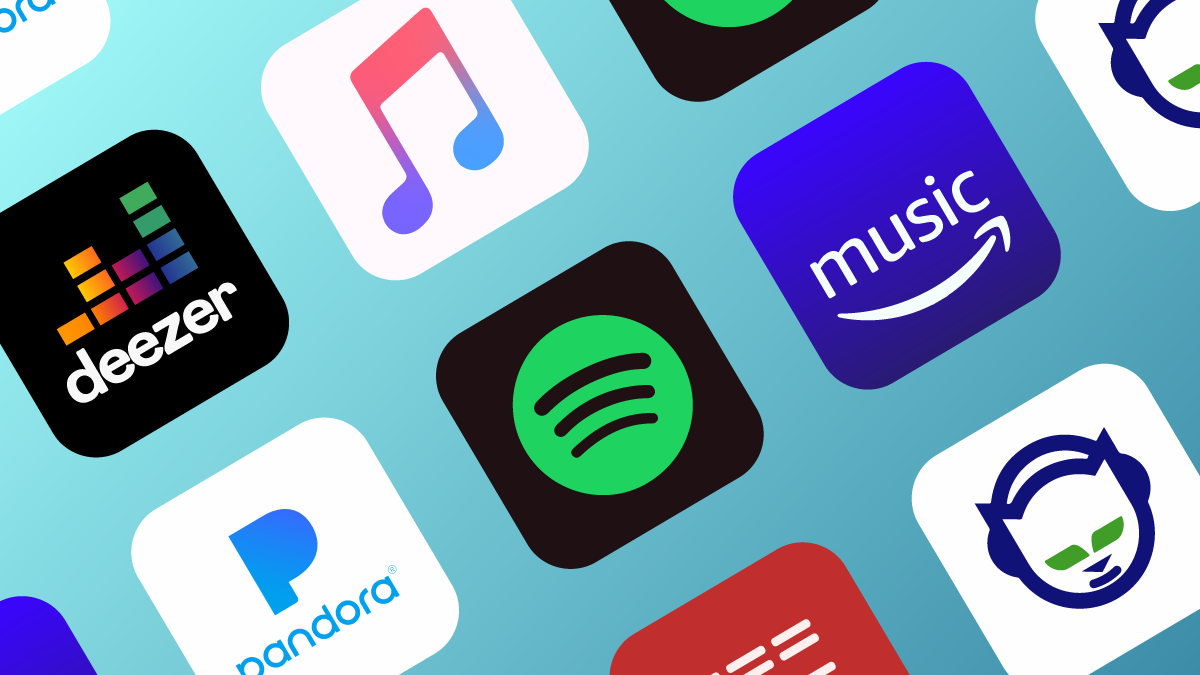The advent of the internet opened the gates to a digital revolution, affecting all corners of human interaction and society. One industry, in particular, that has undergone a significant transformation is music. The shift from physical to digital music formats has dramatically altered the way we listen to, distribute, and monetize music. This evolution is especially evident in the rise of music streaming, which has become the dominant mode of music consumption in the 21st century.
 The Genesis of Music Streaming (1990s – Early 2000s):
The Genesis of Music Streaming (1990s – Early 2000s):
The concept of music streaming was initially viewed as an improbable venture due to the limitations of internet speed and computer storage capacity. However, as technology progressed, so too did the feasibility of this idea.
The first recognized internet radio station, Internet Talk Radio, was introduced in 1993, marking the first instance of streaming audio content. But the real breakthrough came with the launch of Napster in 1999. Although not a streaming service in the contemporary sense, Napster introduced the concept of digital music sharing, which paved the way for future streaming platforms.
The Rise of Music Streaming Platforms (Mid-2000s – 2010s):
The mid-2000s ushered in the era of dedicated music streaming services. In 2005, Pandora Radio launched as a personalized internet radio service. Utilizing the Music Genome Project’s extensive music analysis, Pandora offered algorithmically curated music channels based on user preferences.
In 2007, a significant player emerged from Sweden – Spotify. Founded by Daniel Ek and Martin Lorentzon, Spotify aimed to combat music piracy while providing a better deal for artists. Utilizing a freemium model that provided access to music with occasional advertisements or a premium ad-free subscription, Spotify managed to attract millions of users worldwide.
These platforms redefined the music consumption model. Listeners now had instant, on-demand access to vast music libraries that could be personalized based on their preferences.
Music Streaming in the Age of Big Tech (2010s – Present):
As the decade rolled on, tech giants began to recognize the potential of music streaming. In 2011, Google launched Google Play Music (now YouTube Music), and in 2015, Apple launched Apple Music. These platforms leveraged their existing user base and hardware ecosystems to gain a substantial foothold in the market.
Apple Music, in particular, made waves with its curated playlists and exclusive album releases. Meanwhile, Amazon introduced Amazon Music, catering to the needs of Amazon Prime members by integrating it with its suite of services.
An interesting development during this era was the integration of artificial intelligence (AI) and machine learning (ML) in these platforms. Algorithms were now capable of not just recommending songs but also predicting listener preferences with surprising accuracy.
Presently, these platforms, along with Spotify, Pandora, and others, compete in a highly competitive and rapidly evolving market.
Practical Case Study – The Rise and Evolution of Spotify:
Spotify’s growth as a dominant player in the music streaming industry serves as a comprehensive case study of this evolution. When Spotify launched in 2007, the music industry was grappling with the decline of physical album sales and rampant piracy.
The company was not the first to offer streaming, but its approach was innovative. Spotify adopted a user-friendly interface and a freemium model that provided users free access to its vast music library, with the option to upgrade to a premium, ad-free subscription. This business model attracted millions of users and eventually led to profitable partnerships with record labels.
In the subsequent years, Spotify continued to innovate. It launched “Discover Weekly” in 2015, a personalized playlist updated every week with music selections based on the user’s listening history. This feature, powered by AI and ML techniques, became a game-changer in user engagement and retention.
The company also capitalized on the podcasting trend, recognizing early on that its platform could accommodate more than just music. Spotify’s 2019 acquisition of podcast networks like Gimlet Media, Anchor, and Parcast highlighted their commitment to becoming the go-to platform for all audio content.
As of 2023, Spotify boasts over 350 million active users, making it one of the most influential players in the music industry. Its success exemplifies how leveraging technology and understanding consumer behavior can reshape an entire industry.
The Impact of Music Streaming on Artists and Industry:
Music streaming has significantly impacted artists and the broader music industry. On the one hand, streaming platforms have democratized music distribution, allowing independent artists to reach global audiences without the backing of major labels.
However, controversy surrounds the pay-per-stream model, which many argue does not fairly compensate artists. A 2021 study by Soundcharts suggested that an artist would need approximately 3.5 million streams per month on Spotify to earn a US minimum wage.
Case in point is the #BrokenRecord campaign in the UK, which advocates for fairer streaming payouts. It resulted in the UK government conducting an inquiry into streaming economics in 2020.
Streaming has also affected album production. With tracks being paid per stream, artists are incentivized to produce more tracks per album or release singles more frequently.
Future of Music Streaming:
Music streaming is continuing to evolve, driven by technological advancements and changing user behaviors. High-resolution audio streaming is becoming more popular, with services like Tidal and Amazon Music HD offering lossless audio to cater to audiophiles. Additionally, spatial audio, which provides a more immersive listening experience, is being explored by Apple Music and other platforms.
The integration of social features into music streaming platforms is another growing trend. Spotify’s ‘Group Session’ feature and integration with social media platforms are examples of efforts to make music streaming a more social experience.
In conclusion, the journey of music streaming from the inception of internet radio to the sophisticated platforms of today has been marked by technological innovation and a constant reshaping of music consumption models. As technology continues to evolve, so will the way we stream and engage with music. Music streaming platforms, artists, and industry players will need to keep pace with these changes and adapt accordingly to continue thriving in this ever-evolving landscape.
From Napster’s controversial start to Spotify’s AI-curated playlists, the story of music streaming is a testament to the transformative power of digital technology. It has given rise to an era of unprecedented access and personalization, but it has also sparked debates about artist compensation and the very value of music. The future of this industry will likely continue to be characterized by both disruption and adaptation, but one thing is clear: music streaming is here to stay.





Comments are closed.